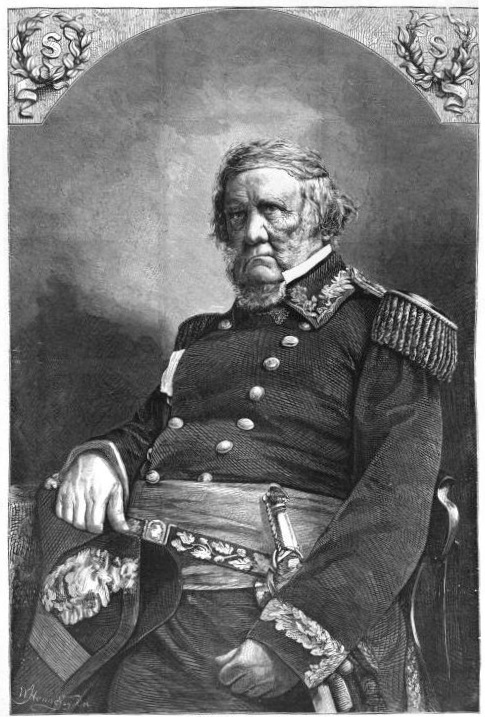Second Series.
Scott, Winfield. Lieutenant-General Winfield Scott, a hero of every major conflict since the Second Punic War, is most remembered today as the architect of the Union’s “Anaconda Plan” for suppressing the Southern rebellion in 1861, in which large tropical snakes would have been let loose in northern Virginia and encouraged to slither toward Richmond. Although the plan was widely derided at the time, historians generally agree that it would have been more effective than anything McClellan came up with.
